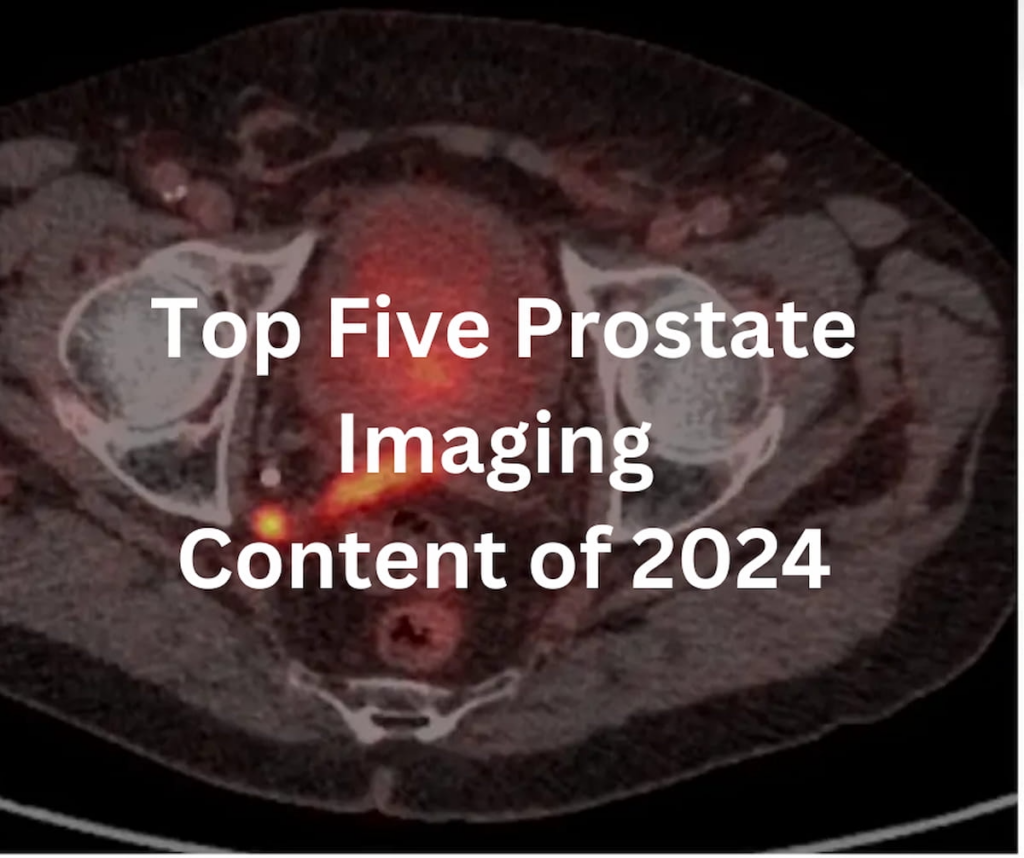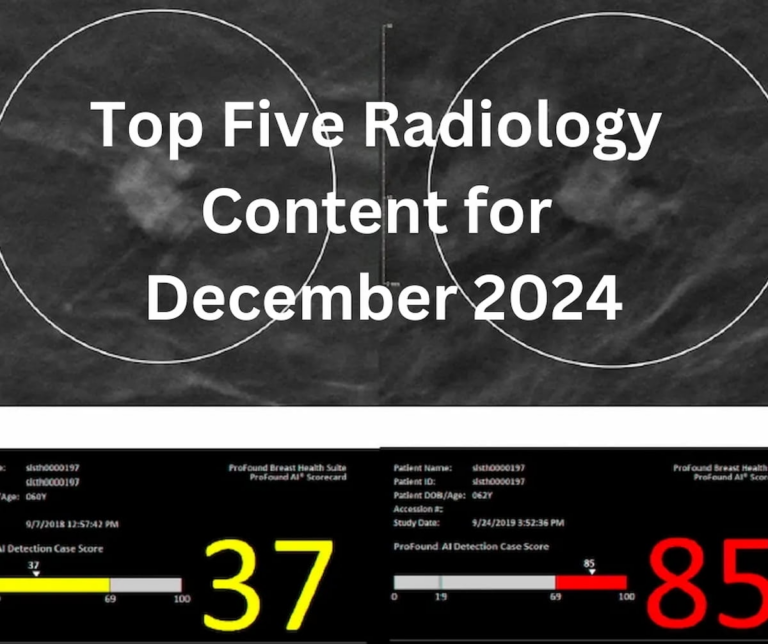
As we come to the end of 2024, it’s the perfect time to reflect on the most influential prostate imaging topics that resonated with readers throughout the year. From significant breakthroughs in metastatic prostate cancer to cutting-edge advancements in active surveillance and oligometastatic prostate cancer treatment, this past year was filled with valuable insights and exceptional research.
One major focus of prostate imaging research has been on identifying predictive factors for metastatic prostate cancer, which leads to a poor prognosis for individuals affected. Studies have shown that specific genetic markers in the blood can signal the presence of metastatic cancer. One study published earlier this year successfully identified certain genetic mutations in the blood of patients with localized prostate cancer, that could indicate a higher risk of cancer progression. This research holds significant potential for the early detection of metastatic cancer and the development of more personalized treatment plans.
Another pivotal area of prostate imaging research has been the application of prostate MRI for active surveillance. For men at low risk of prostate cancer progression, active surveillance is often considered a viable treatment option. However, accurate diagnosis and monitoring remain crucial for these patients. Prostate MRI has proven to be a valuable tool in providing more accurate and detailed images of the prostate gland, allowing doctors to detect and track any changes that may indicate cancer. Additionally, MRI-guided biopsies have increased the chances of accurate diagnosis, providing vital information on the aggressiveness of the cancer.
Recent developments in the treatment of oligometastatic prostate cancer have also garnered significant interest this past year. Advances in PSMA (Prostate-Specific Membrane Antigen) PET/CT imaging have led to more precise targeting and destruction of cancer cells. By combining the high sensitivity of PET imaging with the spatial resolution of CT scans, doctors are now better equipped to visualize and treat oligometastatic cancers more effectively. The enhanced PSMA PET/CT-guided radiotherapy allows for the precise delivery of radiation therapy directly to the cancerous cells, minimizing damage to surrounding healthy tissues and enhancing the effectiveness of the treatment.


